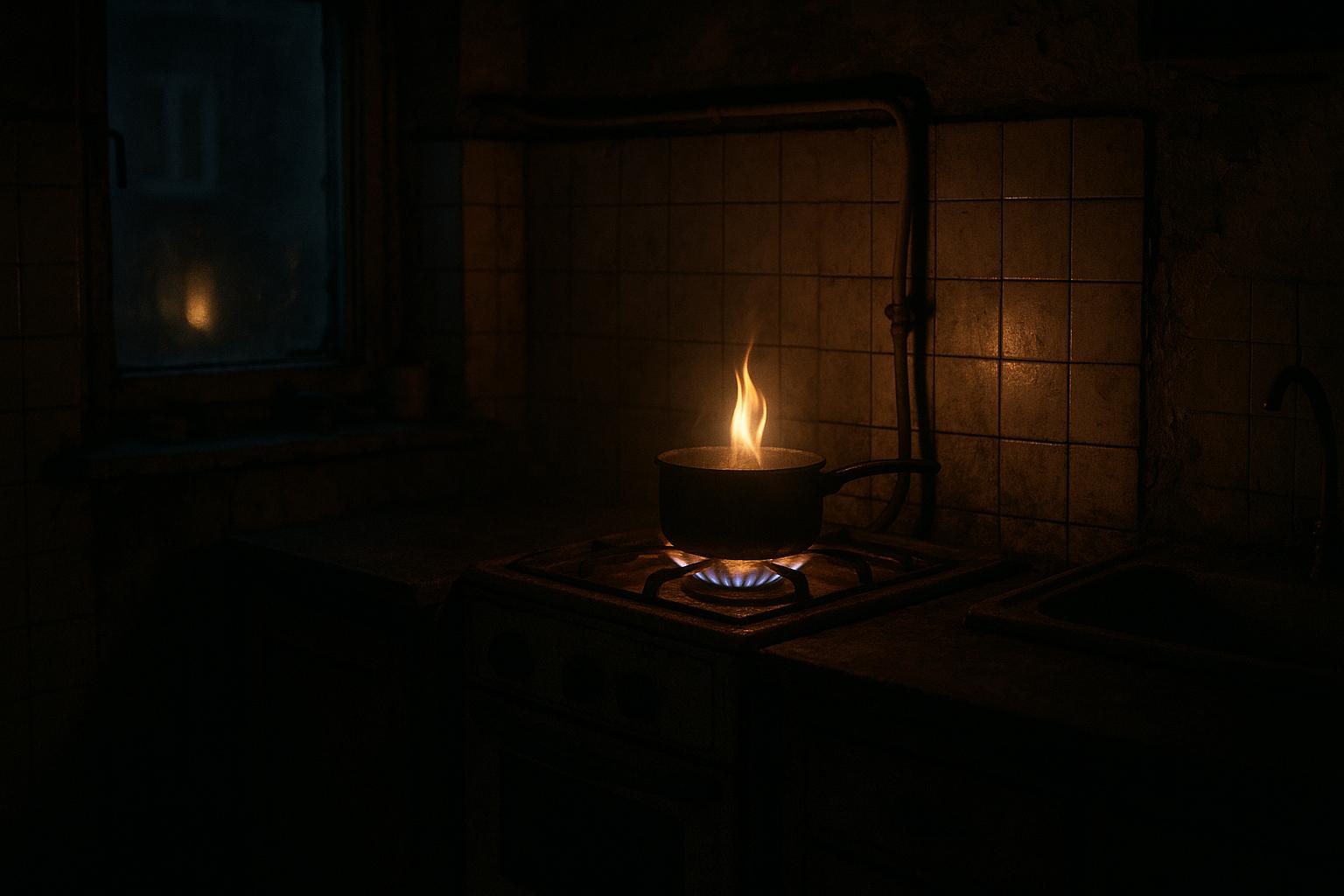The London Fire Brigade (LFB) has reported a worrying surge in carbon monoxide (CO) incidents over the past five years, with call-outs more than doubling to 1,714 between August 2024 and July 2025. CO, a colourless, tasteless, and odourless gas produced by the incomplete combustion of fossil fuels, is often called the "silent killer" due to its undetectable nature without alarms. The LFB has recorded 7,764 such incidents over the past six years, underscoring an escalating public safety concern.
Assistant Commissioner Pamela Oparaocha urged residents to prioritise safety, especially during the colder months, when heating demand increases. She highlighted the risks associated with alternative heating methods, such as burning treated wood, which can emit toxic fumes and pose fire hazards due to embers. The Brigade’s advice stresses the importance of installing carbon monoxide detectors in all rooms with fuel-burning appliances and ensuring they are audible, including while occupants are asleep.
The rise in incidents has been partially attributed to the ongoing cost-of-living crisis, which may be prompting households to use unsafe heating alternatives or delay essential servicing of heating appliances. The LFB recommends regular maintenance, including chimney and flue inspections by registered professionals, to minimise CO risks. Previous incidents, such as a 2023 carbon monoxide leak at a hotel in Bloomsbury and a large-scale evacuation in Bow following elevated CO levels, highlight the serious health hazards and disruption caused by CO exposure.
Data from earlier years confirm a longstanding increase in CO incidents in London. For instance, in 2017, 569 cases were reported, a significant rise from 207 in 2009, resulting in numerous injuries and fatalities. Such trends have led the Brigade to call for landlords to comply with legal requirements by fitting CO alarms in rental properties and for residents to regularly test smoke and CO alarms.
Recent emergency responses illustrate the scope of the problem. In March 2023, a carbon monoxide leak in the City of London led to evacuations of residents and pub-goers, while a January 2023 incident in Southgate involved dangerously high CO levels from an open fire in a neighbouring flat, prompting a safety warning from the Brigade. These events demonstrate the diverse environments in which CO risks can arise, from homes to commercial premises.
The LFB’s broader emergency data from August 2025 reveal that firefighters attend an average of six rescues daily across 43 types of emergencies, with CO leaks a recurrent issue. Public awareness campaigns continue to emphasise preventative measures, including fitting alarms, ensuring proper appliance use, and seeking financial aid for energy costs from local authorities and Citizens Advice.
As London faces colder seasons ahead, the Brigade’s warnings serve as a crucial reminder to residents: while cost-effective heating is an understandable priority, safety must never be compromised. Installing and maintaining carbon monoxide detectors, using suitable fuel sources, and securing professional servicing are key steps to prevent potential tragedies from this invisible threat.
📌 Reference Map:
- Paragraph 1 – [1], [4]
- Paragraph 2 – [1], [3]
- Paragraph 3 – [1], [3]
- Paragraph 4 – [2], [1]
- Paragraph 5 – [5], [3]
- Paragraph 6 – [4]
- Paragraph 7 – [1], [3]
Source: Noah Wire Services
